World 🢖 North America 🢖 Caribbean 🢖 Curaçao
Caves 🢔 Geological wonders 🢔 Categories of wonders
Wonder
Hato Caves
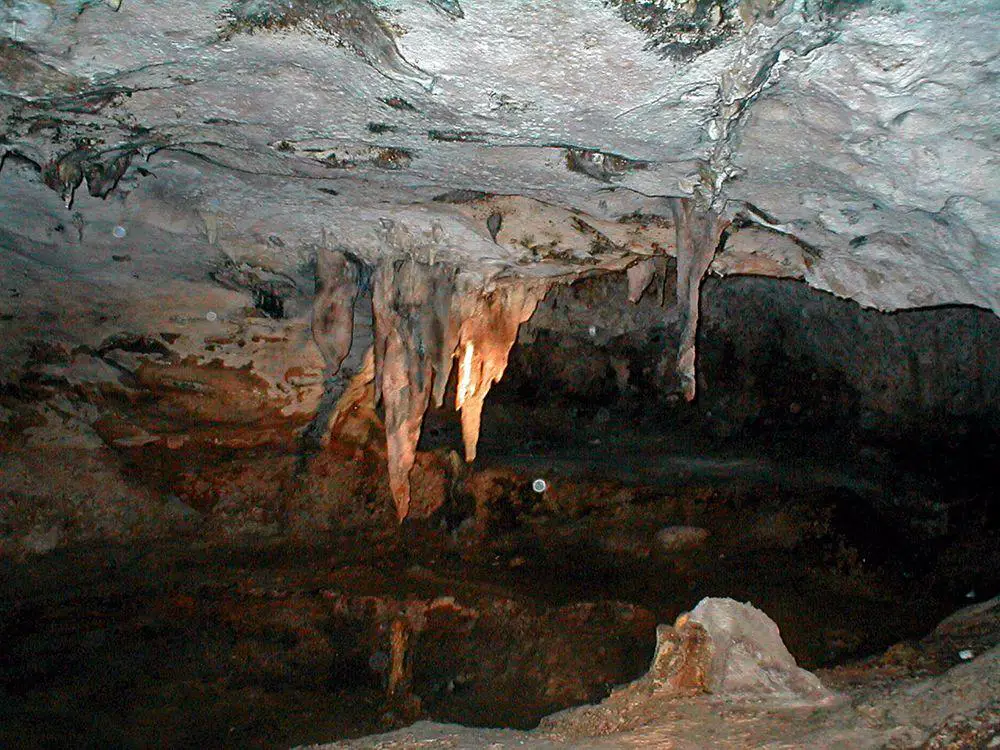
 In short
In short
Some of the most popular tourist attractions on Curaçao are Hato Caves. This comparatively small cave and its vicinities are rich with interesting things – beautiful cave formations, remnants of extinct animals, petroglyphs.
 42.3%
42.3%
GPS coordinates
Location, address
Name in Dutch
Length
Floor area
Map of the site
If you see this after your page is loaded completely, leafletJS files are missing.
 In detail
In detail
Spectacular karst formations
Hato Caves are located at the base of approximately 60 m tall coral limestone wall.
Rain and groundwater have created amazing formations – eerie "melted" figurines and spooky silhouettes – along this wall.
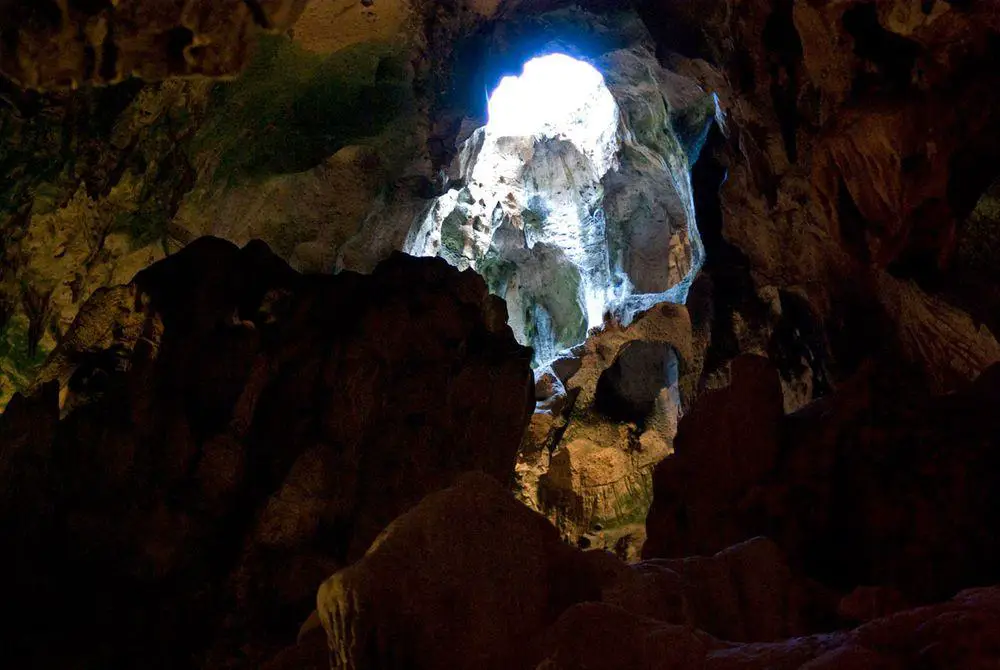
Hato cave most likely formed in Pleistocene, when seawater receded and a stream of groundwater formed its bed through this block of coral limestone. The cave starts with a single passage, which divides into two large cave rooms.
Cave is very rich with interesting speleothems (cave formations), pools and even – small waterfalls.
As it is usual in many show caves around the world, many speleothems have their own names – one can see here Pirate’s Head, Sea Tortoise and some others. Best known is "Madonna" – a stalagmite which really resembles a sculpture of Madonna in church.
Curaçao rice rat
Hato Caves are very hot and humid, inhabited by bats and insects.
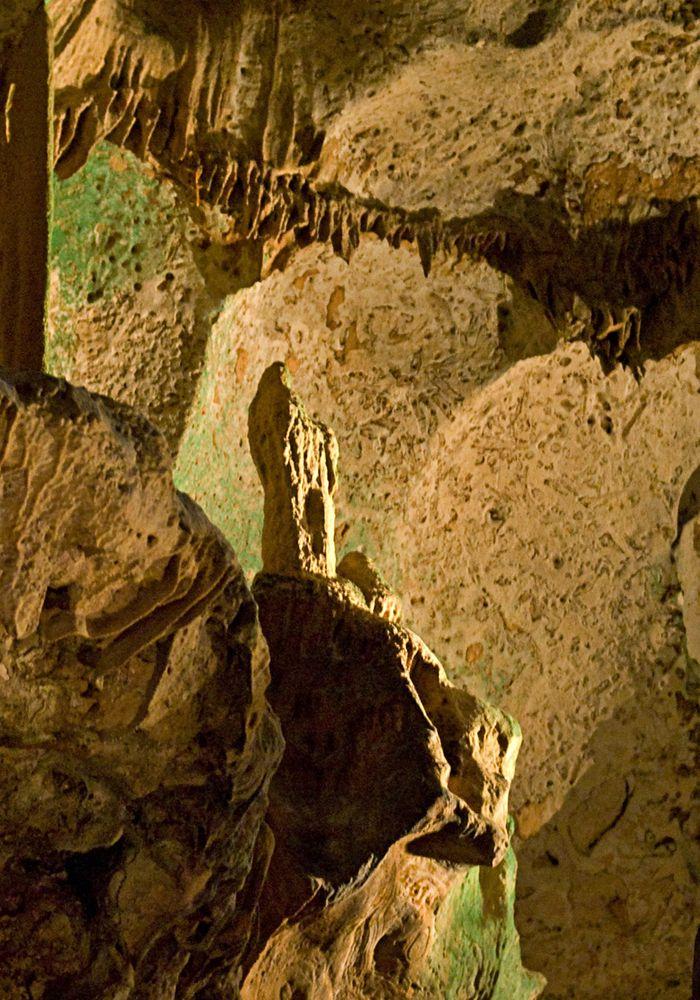
In earlier times here lived some more animals – in the 1930s here were discovered remnants of an extinct rodent: Curaçao rice rat Oryzomys curasaoae. This small animal disappeared after the coming of Europeans.
Amerindian settlement
A.D.Ringma discovered petroglyphs near the cave – some of the first known petroglyphs in Curaçao. One year later, in 1950 he discovered a prehistoric burial of five people – members of a single-family – near the cave.
It seems, Amerindians (most likely – Caquetios) lived in the cave some 1,500 years ago. They have left many intricate petroglyphs.
Modern history
In previous centuries Hato Caves occasionally were used by runaway slaves as a hiding place. Sometimes they lived in caves for months long.
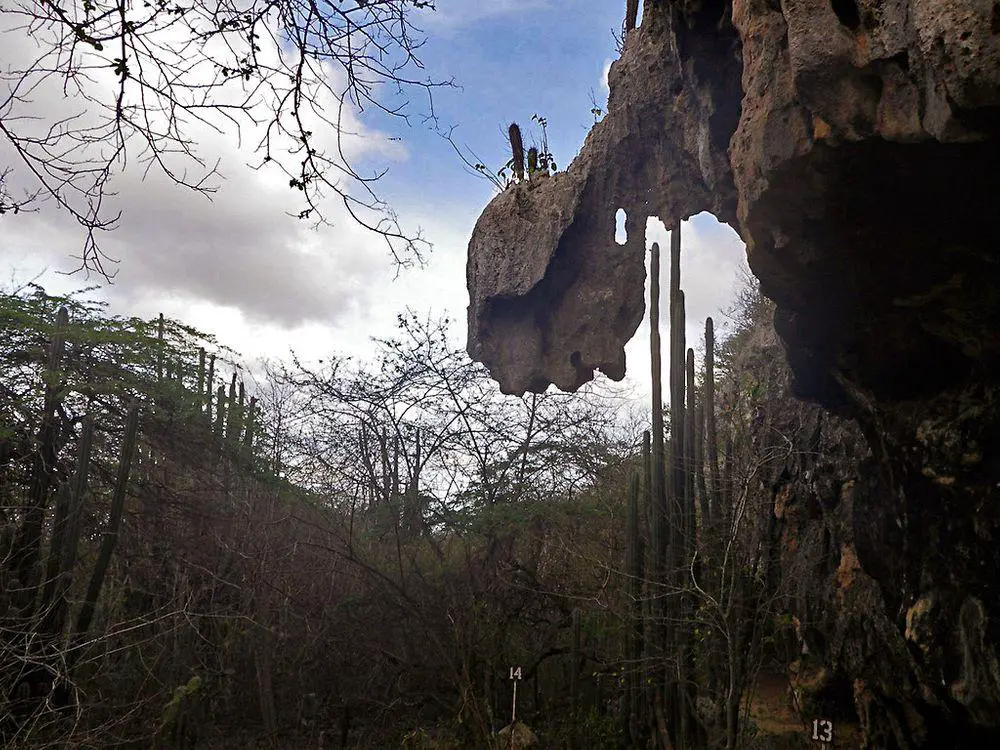
In 1991 the cave was opened to tourists as a show cave and since then is one of the most popular tourist attractions on the island. Unfortunately, the frequent visits to the cave have disturbed local bats – today there are fewer bats in the cave than earlier.
 Linked articles
Linked articles
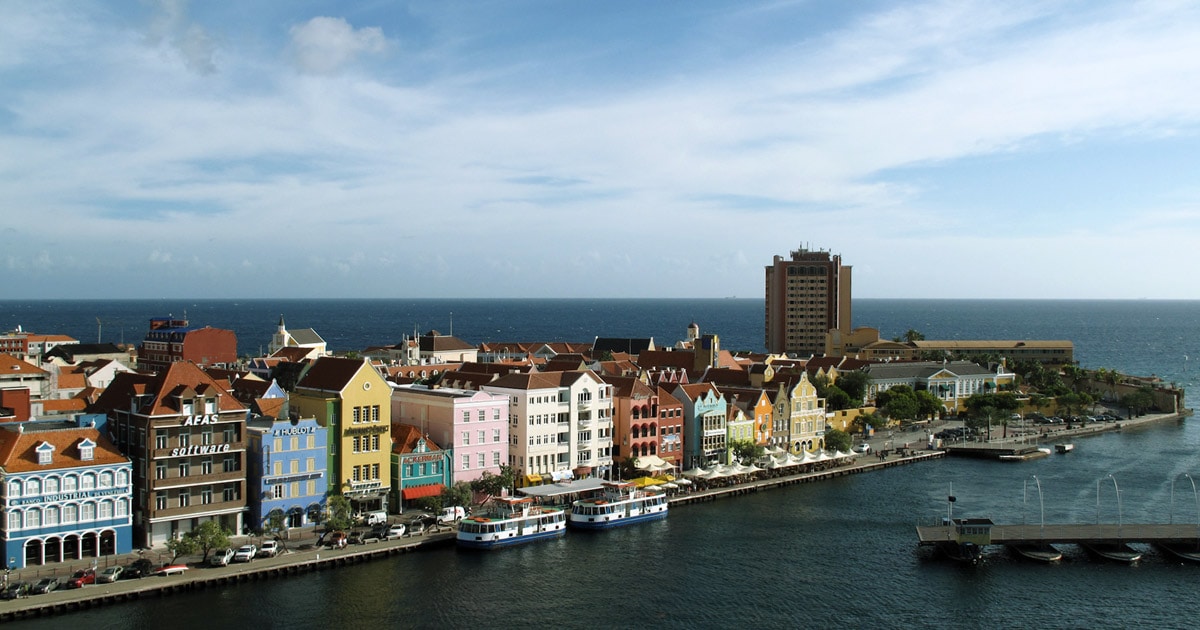
Wonders of Curaçao
Contrary to most other Caribbean islands, Curaçao is very rich in architectonic landmarks. Historical districts of the capital Willemstad are rich with amazing, nearly unique architecture but the countryside has numerous historical plantation houses – comparatively small but distinct and elegant buildings.
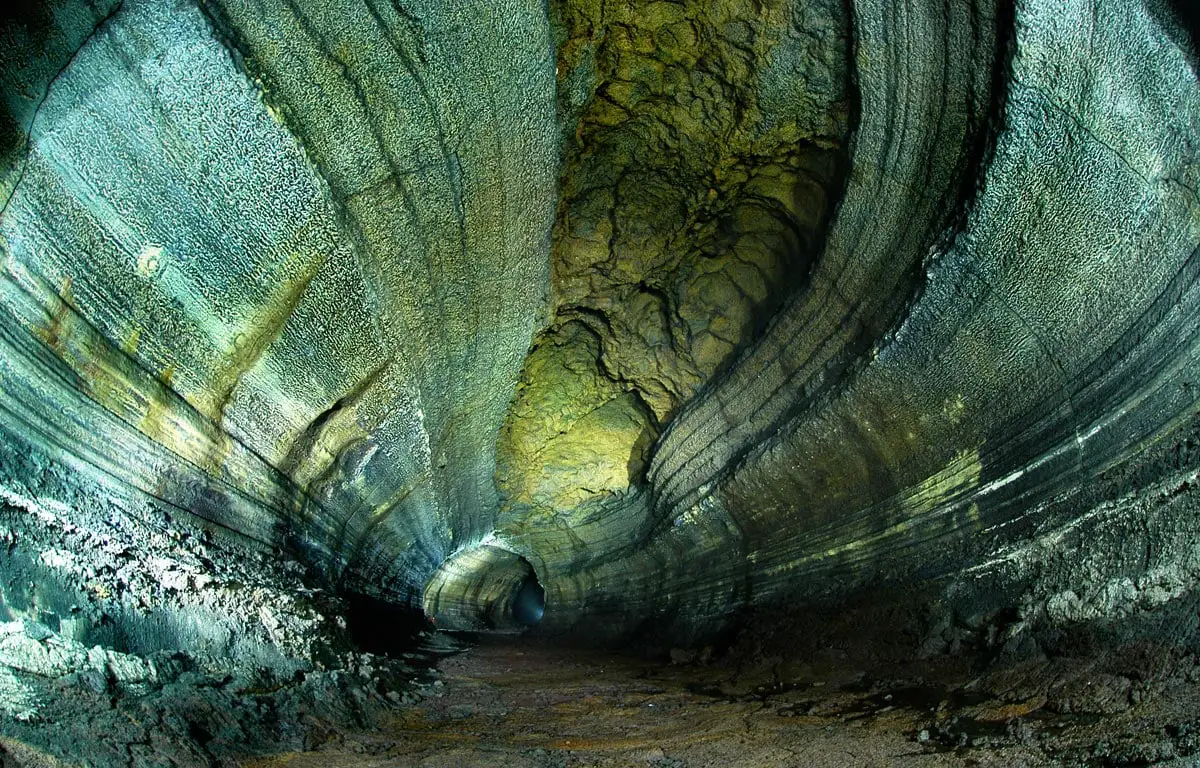
Caves
Every year there are reported exciting discoveries of new caves and discoveries of new qualities such as cave paintings in the ones known before. But there still is a feeling that our knowledge covers just a small part of all these monuments of nature.
Though, those which are known to us, offer a surprising diversity of unusual features and impressive sights.
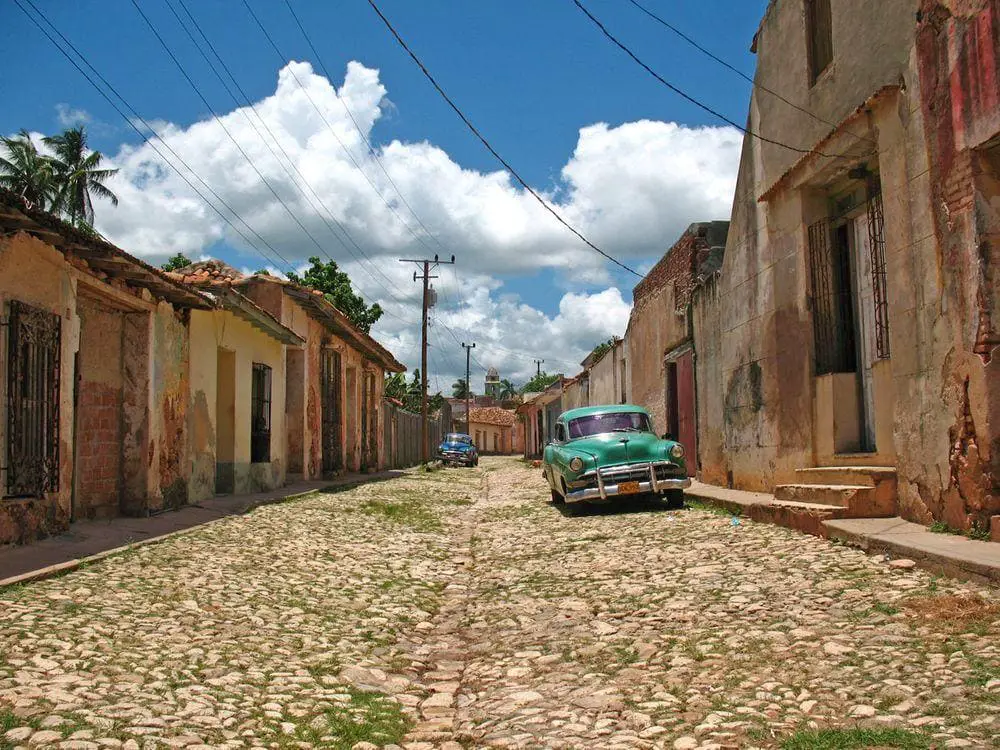
Wonders of Caribbean
The Caribbean is a unique group of islands. These islands are somewhat similar – tropical islands surrounded by the blue Caribbean sea. At the same time, they are very diverse – from enormous Cuba to minuscule Saba, from dry Bonaire to jungle-covered mountains of Trinidad, and from the flat Bahamas to mountainous Dominica.
 Recommended books
Recommended books
Curacao: Curacao Tour Guide cultural historical
Curaçao, a Dutch colonial heritage. A stroll through the impressive city or an island tour. Surprised and taken. More than one hundred and forty locations such as the capital, points of interest, plantation houses, and country mansions are described.
Curacao For 91 Days
Mike and Jürgen gave themselves three months to explore the small Caribbean island of Curaçao and came away with some unforgettable memories and photographs. This book is a collection of their anecdotes and adventures from the island, as they tried to live like locals. 91 days was enough time to explore this small country thoroughly; Mike and Jürgen checked out almost every beach, visited the colonial Landhuizen, and ventured out on a few hikes.


